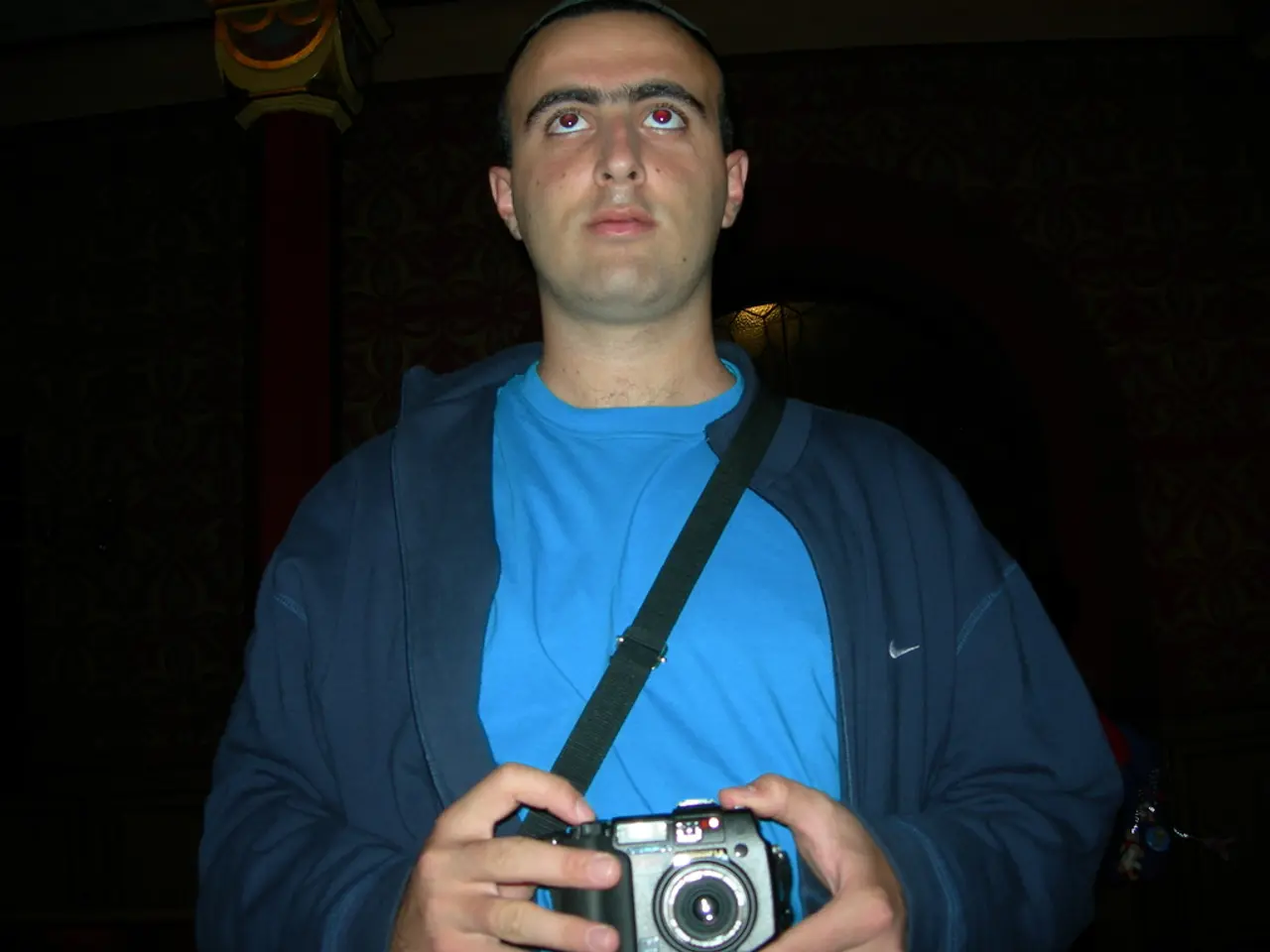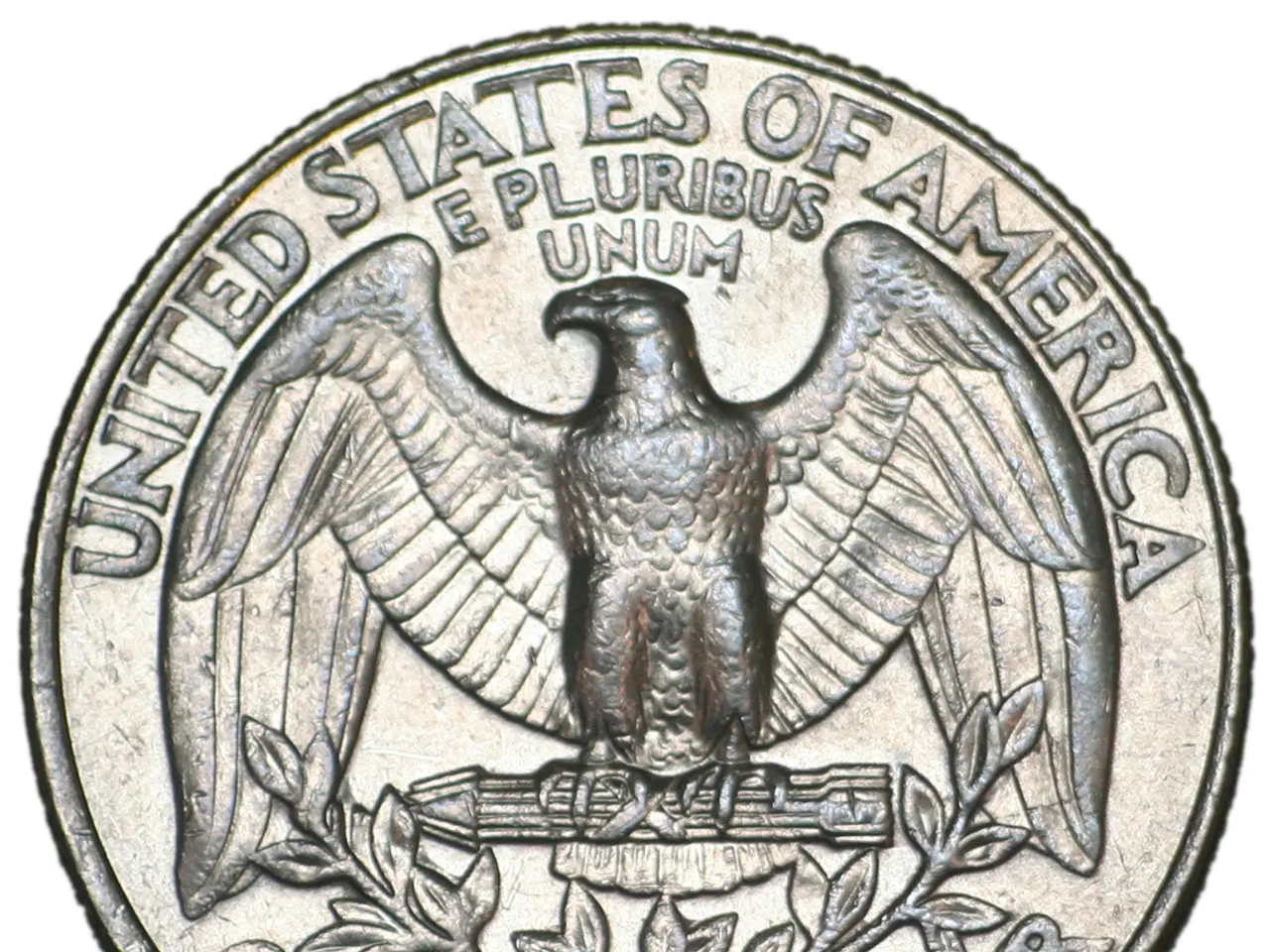Highlighting the Design: Carlo Ratti's Milan-Cortina Olympic Torch
Milano Cortina 2026 Olympic Torch: A Symbol of Environmental Responsibility and Minimalist Design
The organizers of the upcoming Milano Cortina 2026 Olympic and Paralympic Games have unveiled a unique and innovative torch design, named Essential, for the Winter Games. Designed by Studio Carlo Ratti Associati, the torch embodies a minimalist design philosophy that puts the flame at the center, making it the true protagonist.
The torch's design features an open structure that reveals the inner workings of the flame for the first time, challenging traditional ideas of torch design where such technical details are usually concealed. This approach creates a symbolic and technical object that blends Italian design heritage with engineering precision, putting transparency and functionality at the forefront.
The design of the torch is not seeking attention but allows the flame to speak. It is inspired by the Olympic "kiss"-the hand-to-hand exchange between two torchbearers. The torch's clean, pure aesthetic aligns with the broader design philosophy behind the games’ medals, which also emphasize clarity, minimalism, and symbolic unity, expressing collective achievement and support beyond the individual athlete.
The torch weighs just over a kilogram and is made of 89% certified recycled material. It has two distinct finishes: blue-green for the Olympics and bronze for the Paralympics. The handle uses a Versalis-developed polymer derived from renewable sources, and a refillable burner was developed for the torch, allowing it to be used up to ten times.
The torch's design was a collaborative effort involving Cavagna, Versalis, and Eni. The flame runs on bio-LPG, produced from waste oils, fats, and agricultural residues. This choice demonstrates the Games' growing commitment to environmental responsibility.
Carlo Ratti, the lead designer, emphasizes the importance of understanding the present and using data to shape the future responsibly. He advises younger architects and designers to always challenge the brief and design from the effect they want to produce. The torch design places the flame at the center, making it the true protagonist, which is a testament to Ratti's design philosophy.
The torch design engages with many of the themes that Ratti will explore in the 2025 Venice Architecture Biennale. By making the internal workings visible, the torch invites a more honest interaction between the object and its audience, redistributing attention from the designer to the experience and the object’s function. This approach challenges traditional design authorship that often cloaks the process behind a polished façade.
In conclusion, the Milano Cortina 2026 Olympic torch is not just a functional object but a symbol of the Games' commitment to environmental responsibility and minimalist design. It embodies a unique approach to torch design, putting transparency and functionality at the forefront, and invites viewers to appreciate the flame as the true protagonist.
[1] Source: Studio Carlo Ratti Associati [3] Source: Milano Cortina 2026 Organising Committee [4] Source: International Olympic Committee
The Milano Cortina 2026 Olympic Torch, with its design inspired by the Olympic "kiss," employs technology to reveal the inner workings of the flame, promoting transparency. Remarkably, the torch is made of 89% certified recycled material and features two distinct finishes, blue-green for the Olympics and bronze for the Paralympics.
In the spirit of sustainability, the flame runs on bio-LPG, produced from waste materials, reflecting the Games' dedication to minimizing its environmental impact. This innovative design represents a collaboration among Cavagna, Versalis, Eni, and Studio Carlo Ratti Associati, the lead design team.
Reflecting the broader design philosophy of the games, the torch's clean, pure aesthetic aligns with the minimalist and symbolic design of the games' medals, emphasizing unity and collective achievement. This design philosophy is a testament to the lead designer's vision for architecture, advocating for data-driven design and challenging traditional design authorship.



